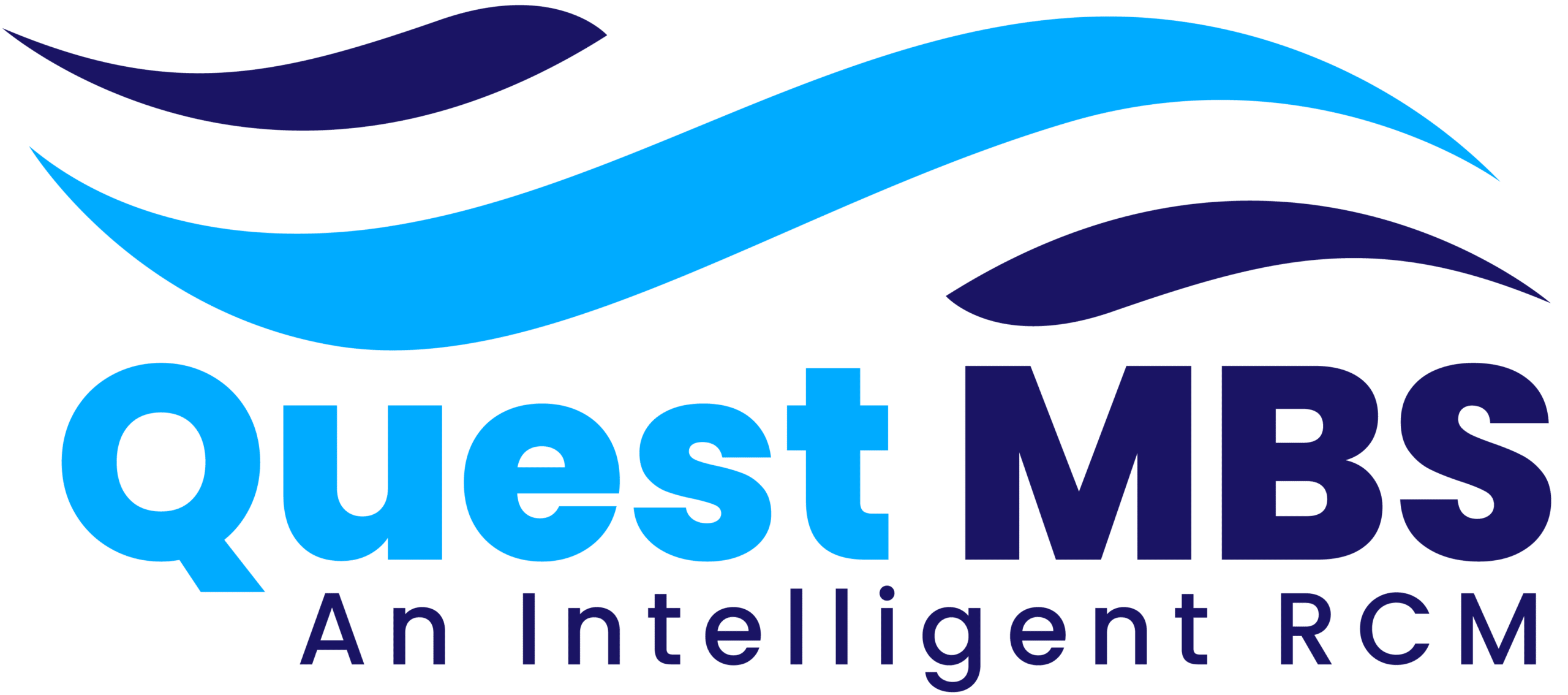Managing medical billing is a complex process. Which involves accuracy, compliance, and timely claim submission. A well-organized billing system ensures faster payments, fewer denials, and a smoother revenue cycle. The right tools not only reduce administrative burdens but also enhance financial performance for healthcare providers. By using effective solutions, practices can streamline workflows, improve cash flow, and minimize costly errors. Here are fifteen essential tools that can help you manage medical billing more efficiently while supporting long-term growth.
Electronic Health Record Systems
Integrating Documentation and Billing
A robust EHR system connects patient health records with billing functions. Ensuring that all relevant information is captured at the point of care. This integration allows providers to document services in real time, automatically generate claims, and link codes directly from clinical notes. EHRs reduce the risk of missed charges and improve the accuracy of submitted claims. They also store historical data, which can be valuable for audits and compliance reviews.
Practice Management Software
Centralizing Operations
Practice management software brings scheduling, billing, and reporting under one platform. It helps staff manage patient appointments, verify insurance, and process payments without switching between systems. With built-in reporting features, practices can track key performance indicators and identify problem areas in the billing process. The automation provided by these systems reduces manual work and boosts productivity.
Medical Coding Software
Ensuring Accuracy in Claim Submission
Medical coding software helps translate services, diagnoses, and procedures into standardized codes with precision. These tools include comprehensive code libraries and regular updates, ensuring compliance with the latest guidelines. Built-in validation features alert coders to possible errors or missing data before claims are sent. This not only accelerates the billing process but also improves claim acceptance rates.
Claim Scrubbing Tools
Reducing Denials Before Submission
Claim scrubbing software checks claims for accuracy before they are sent to payers. It scans for errors such as incorrect codes, missing information, or incompatible code combinations. By detecting issues early, claim scrubbing tools significantly reduce denial rates and improve turnaround times. The result is faster payments and less time spent on rework.
Clearinghouses
Streamlining Payer Communication
A clearinghouse acts as an intermediary between healthcare providers and insurance companies. It formats claims according to payer requirements, routes them to the appropriate insurer, and returns status updates. Clearinghouses also handle eligibility verification and electronic remittance advice, making the process more efficient and transparent.
Revenue Cycle Management Platforms
Overseeing the Entire Process
RCM platforms provide end-to-end visibility into the financial journey of a patient encounter—from scheduling to final payment. These systems combine billing, coding, claims management, and reporting in one interface. They offer analytics that help identify bottlenecks, track denial patterns, and optimize reimbursement strategies.
Eligibility Verification Tools
Preventing Coverage Issues
Eligibility verification solutions check a patient’s insurance coverage in real time before services are rendered. By confirming active coverage and benefit details upfront, these tools help avoid claim denials related to ineligible patients or non-covered services. They also allow providers to collect co-pays and other payments more effectively at the point of care.
Automated Payment Posting Systems
Speeding Up Reconciliation
Automated payment posting tools match incoming payments with corresponding claims and update the accounts automatically. This eliminates the need for manual data entry, reduces posting errors, and frees up staff time for other tasks. Faster payment posting also helps practices maintain accurate financial records.
Patient Portals
Improving Transparency and Collections
Patient portals give patients secure online access to their billing statements, payment options, and insurance information. They can make payments, update personal details, and communicate with billing staff directly. This improves payment turnaround times and enhances patient satisfaction by providing a convenient way to manage financial obligations.
Analytics and Reporting Tools
Tracking Key Metrics
Analytics platforms help practices measure billing performance using metrics like days in accounts receivable, denial rates, and collection rates. Detailed reports allow administrators to identify trends, monitor staff productivity, and adjust processes for better outcomes. These insights are crucial for long-term financial stability.
Document Management Systems
Organizing Supporting Records
A document management system securely stores all supporting documents required for billing, such as consent forms, referrals, and authorizations. Having quick access to these documents speeds up the claims process and helps resolve payer inquiries more efficiently. Digital storage also reduces paper clutter and protects sensitive information.
Automated Appointment Reminders
Reducing No-Shows and Revenue Loss
Missed appointments directly impact revenue. Automated reminder systems send notifications via text, email, or phone to reduce no-shows. They can also be integrated with billing systems to update schedules in real time and prompt payment for missed visit fees.
Denial Management Tools
Resolving Claims Quickly
Denial management solutions track rejected claims, identify the reasons for denial, and provide guidance on how to correct and resubmit them. By systematically addressing denial trends, these tools help prevent repeat issues and improve the overall claim acceptance rate.
Integrated Payment Solutions
Offering Multiple Payment Methods
Integrated payment tools allow patients to pay via credit cards, bank transfers, or digital wallets. These solutions can be embedded in patient portals, in-office terminals, and mobile applications. Offering flexible payment options increases the likelihood of timely collections.
Cloud-Based Billing Platforms
Enhancing Accessibility and Security
Cloud-based billing systems offer secure access to billing data from anywhere, allowing staff to work remotely and maintain productivity. They automatically update with the latest compliance standards and software enhancements. Additionally, cloud solutions provide built-in backups, ensuring data security and business continuity.







